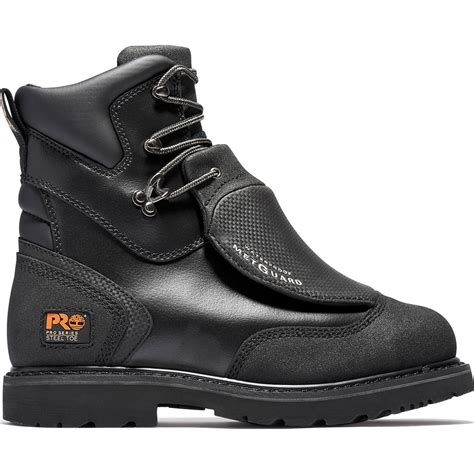5 Tips Metatarsal Guards

When it comes to protecting the feet, especially in high-impact activities or work environments, metatarsal guards are an essential piece of personal protective equipment (PPE). These guards are designed to shield the metatarsal area of the foot, which includes the five long bones between the toes and the ankle. Given the critical role this area plays in balance, movement, and overall foot health, any injury can significantly hinder mobility and comfort. Here are five tips for selecting and using metatarsal guards effectively:
1. Understand the Hazard
Before choosing a metatarsal guard, it’s crucial to understand the nature of the hazards you’re protecting against. Are you looking to guard against heavy objects dropping, sharp edges, or perhaps extreme temperatures? Different types of metatarsal guards are designed to offer protection against various hazards. For example, guards intended for construction sites might be made of heavier, more durable materials to protect against falling debris, whereas those for culinary workers might focus on protection against hot objects or sharp edges.
2. Consider the Material
The material of the metatarsal guard can significantly impact its effectiveness and comfort. Common materials include steel, aluminum, and composite materials. Steel guards offer maximum protection but can be heavy and less comfortable for prolonged wear. Aluminum guards provide a good balance between protection and comfort, being both durable and lightweight. Composite materials can offer flexibility and breathability, making them suitable for workers who need to move freely without feeling constrained by their protective gear.
3. Fit and Comfort
A well-fitting metatarsal guard is essential for both protection and comfort. A guard that is too tight can restrict movement and cause discomfort, potentially leading to poor circulation or skin irritation. Conversely, a guard that is too loose may not provide adequate protection, as it can shift out of place when needed most. Look for guards with adjustable straps or elastic sections that can accommodate different foot sizes and shapes, ensuring a snug, secure fit without compromising comfort.
4. Integrate with Other Protective Gear
Metatarsal guards are often used in conjunction with other protective gear, such as steel-toed boots or shoes. When selecting a guard, consider how it will integrate with your existing footwear. Some guards are designed to be worn inside the shoe, while others are external and may need to be compatible with the boot’s design. Ensuring that your metatarsal guard and footwear work well together is vital for optimal protection and to prevent any hindrance to movement.
5. Maintenance and Inspection
Like all PPE, metatarsal guards require regular maintenance and inspection to ensure they continue to offer the protection they are designed to provide. Check the guards for damage, such as cracks, dents, or significant wear, which could compromise their protective capabilities. Follow the manufacturer’s guidelines for cleaning and storing the guards to extend their lifespan. Regular inspection can also help identify any issues before they become major problems, ensuring that the guards remain effective and comfortable to wear.
Additional Considerations
- Compliance with Standards: Ensure that the metatarsal guards you select comply with relevant occupational safety and health standards. This not only ensures legal compliance but also guarantees a certain level of protection.
- Employee Training: Provide training on the proper use, maintenance, and inspection of metatarsal guards. Well-informed workers are better equipped to protect themselves and recognize potential hazards.
- Feedback Mechanism: Establish a feedback mechanism where workers can report any issues with their metatarsal guards, such as discomfort, poor fit, or compromised protection. This feedback is invaluable for making informed decisions about future PPE purchases and ensuring a safer work environment.
In conclusion, metatarsal guards are a critical component of protective footwear for individuals working in hazardous environments. By understanding the hazards, considering the material, ensuring a proper fit, integrating with other protective gear, and maintaining the guards, individuals can maximize the protection offered by these devices. Remember, the effectiveness of any PPE is only as good as its condition and how well it is used, making ongoing education and inspection crucial.
What are the common materials used for metatarsal guards?
+Common materials include steel, aluminum, and composite materials, each offering different balances of protection, weight, and comfort.
How often should metatarsal guards be inspected?
+Metatarsal guards should be inspected regularly, ideally before each use, to check for any damage or wear that could compromise their protective capabilities.
Can metatarsal guards be used with any type of footwear?
+No, metatarsal guards are designed to be used with specific types of footwear, such as steel-toed boots or shoes that have a compatible design for the guard to fit properly and provide adequate protection.
Implementing these tips and considerations can significantly enhance the effectiveness of metatarsal guards, contributing to a safer and healthier work environment for individuals in hazardous occupations.



